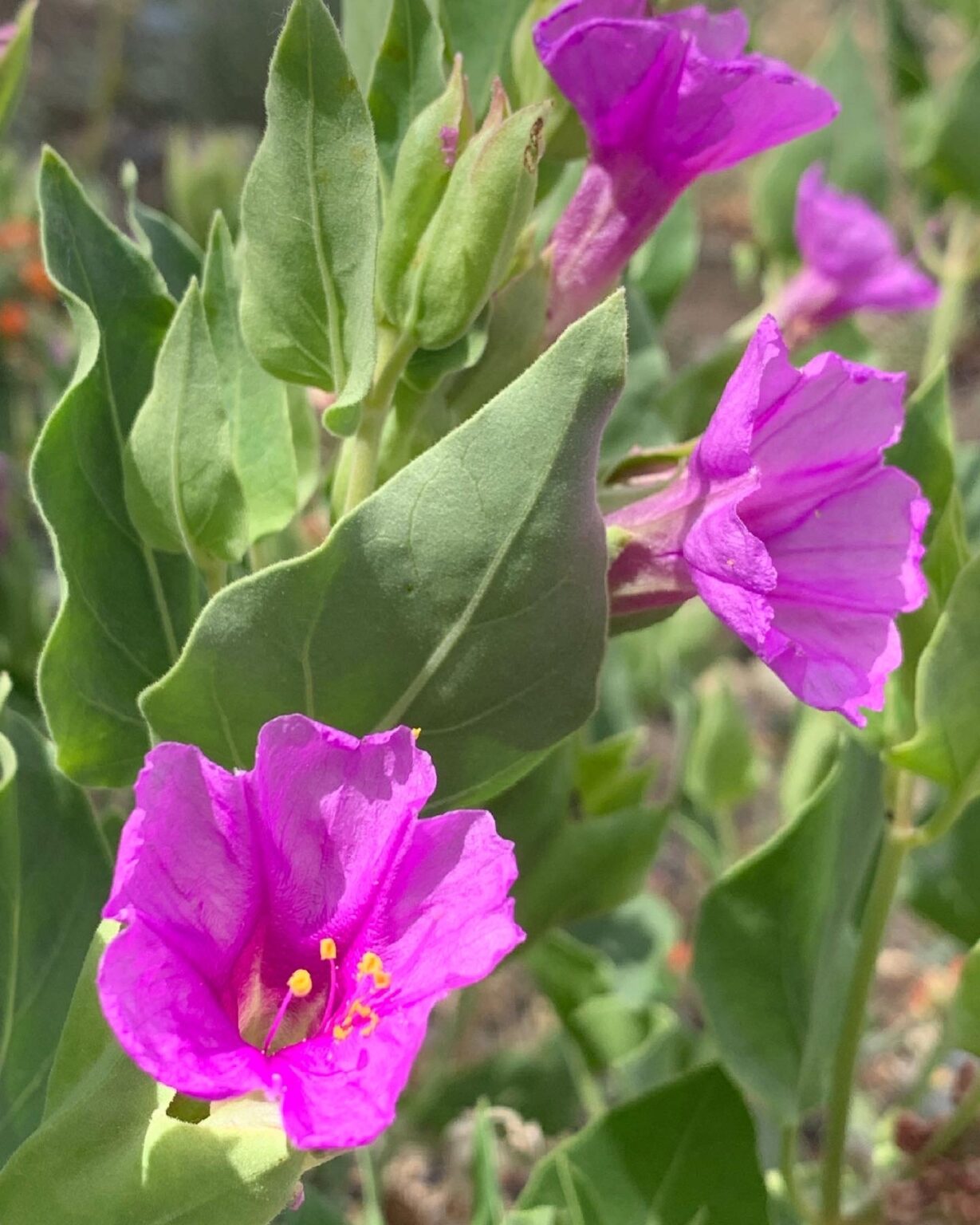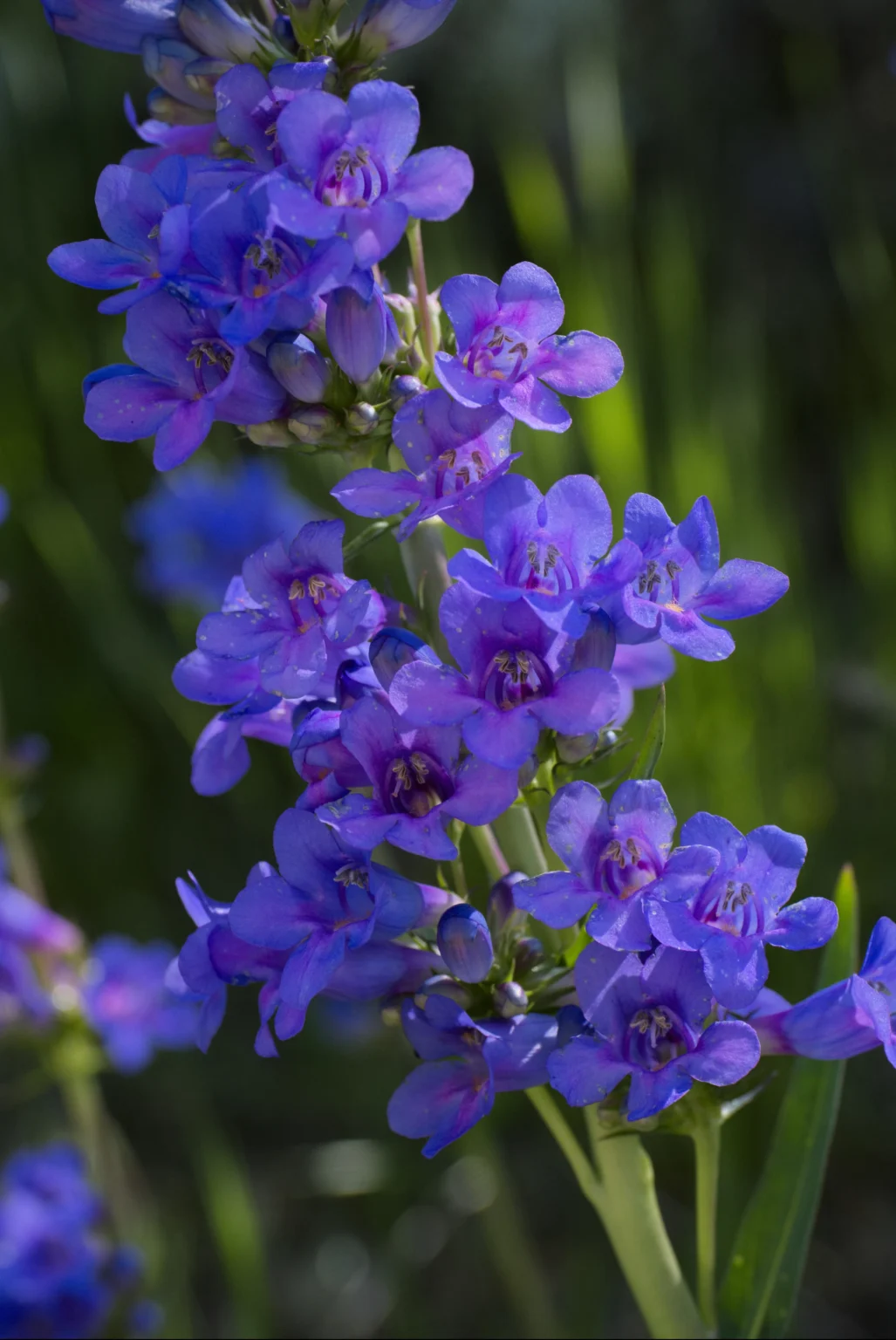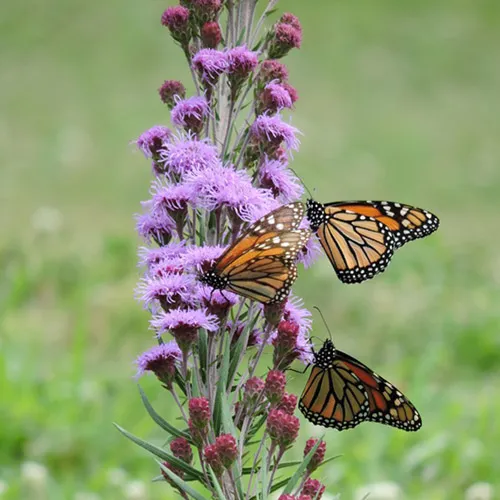


The Importance of Native Plants
Native plants are species that have evolved naturally in a specific region over thousands of years. They are adapted to the local climate, soil, and ecosystem, making them resilient and beneficial to the environment. Here are some key reasons why adding native plants to your landscape is so important:
Native plants provide essential food and habitat for local wildlife, including birds, butterflies, bees, and other pollinators. These plants have co-evolved with local species, creating mutually beneficial relationships that are crucial for the survival of many animals.
Native plants are adapted to the local climate and soil conditions, requiring less water than non-native species. This makes them an excellent choice for water conservation, especially in regions like Boulder, Colorado, where water can be a scarce resource.
Once established, native plants typically require less maintenance than non-native plants. They are more resistant to local pests and diseases, reducing the need for chemical pesticides and fertilizers.
Using native plants helps preserve the biodiversity of the local ecosystem. By planting native species, you are contributing to the conservation of the natural heritage of your area.
Native plants offer a unique beauty that reflects the natural landscape of the region. They can create a sense of place and connection to the local environment, enhancing the aesthetic appeal of your garden.
Native Plants for Boulder, Colorado
Here are some native plants that thrive in the Boulder area and provide significant benefits to local pollinators:
Benefits: This vibrant blue flower attracts a variety of pollinators, including bees and hummingbirds. It is drought-tolerant and thrives in well-drained soils.
Benefits: The state flower of Colorado, this beautiful plant attracts bees, butterflies, and hummingbirds. It prefers partial shade and moist, well-drained soil.
Benefits: A crucial host plant for Monarch butterflies, milkweed also attracts bees and other pollinators. It is drought-tolerant and grows well in a variety of soil types.
Benefits: Known for its striking yellow petals, this plant is a favorite of bees and butterflies. It is drought-tolerant and thrives in sunny locations with well-drained soil.
Benefits: This hardy plant attracts a wide range of pollinators, including bees, butterflies, and beetles. It is drought-tolerant and grows well in various soil types and conditions.
Benefits: With its delicate blue flowers, blue flax attracts bees and other pollinators. It is drought-tolerant and thrives in well-drained soils.
Benefits: This early blooming flower provides one of the first nectar sources in spring for bees and other pollinators. It thrives in sunny locations with well-drained soil.
Benefits: Attracts a variety of pollinators, including bees and butterflies. This plant prefers partial shade to full sun and can thrive in a range of soil conditions.
Benefits: Known for its vibrant, long-lasting blooms, it attracts bees, butterflies, and other pollinators. It thrives in well-drained soils and full sun.
Benefits: This plant attracts a wide variety of pollinators, including bees and butterflies. It prefers full sun to partial shade and well-drained soils.
Benefits: This delicate, bell-shaped flower attracts bees and other pollinators. It thrives in well-drained soils and can tolerate rocky conditions.
Benefits: Known for its tall spikes of purple flowers, it attracts bees, butterflies, and other pollinators. It is drought-tolerant and thrives in well-drained soils.
Benefits: These vibrant flowers open in the late afternoon, attracting bees, butterflies, and moths. They are highly drought-tolerant and thrive in sandy, well-drained soils.
Benefits: This aromatic plant attracts a variety of pollinators, including bees, butterflies, and hummingbirds. It prefers well-drained soils and full sun to partial shade.
Conclusion
Incorporating native plants into your landscape is a simple yet powerful way to support local wildlife, conserve water, and create a beautiful, low-maintenance garden. At Wild Earth Gardens, we are dedicated to sustainable landscaping practices that benefit both our clients and the environment. By choosing native plants, you are making a positive impact on the local ecosystem and helping to preserve the natural beauty of Boulder, Colorado.
Ready to transform your landscape with native plants? Contact Wild Earth Gardens today, and let’s create a garden that is not only stunning but also sustainable and wildlife friendly.